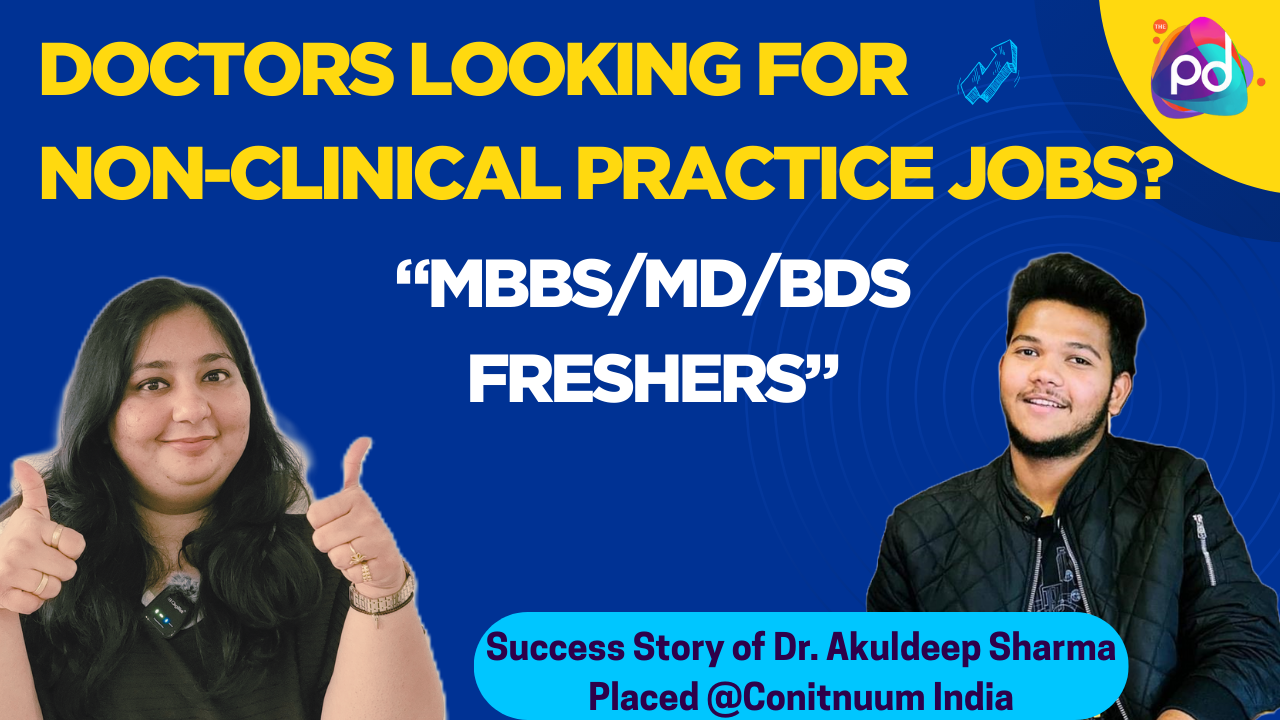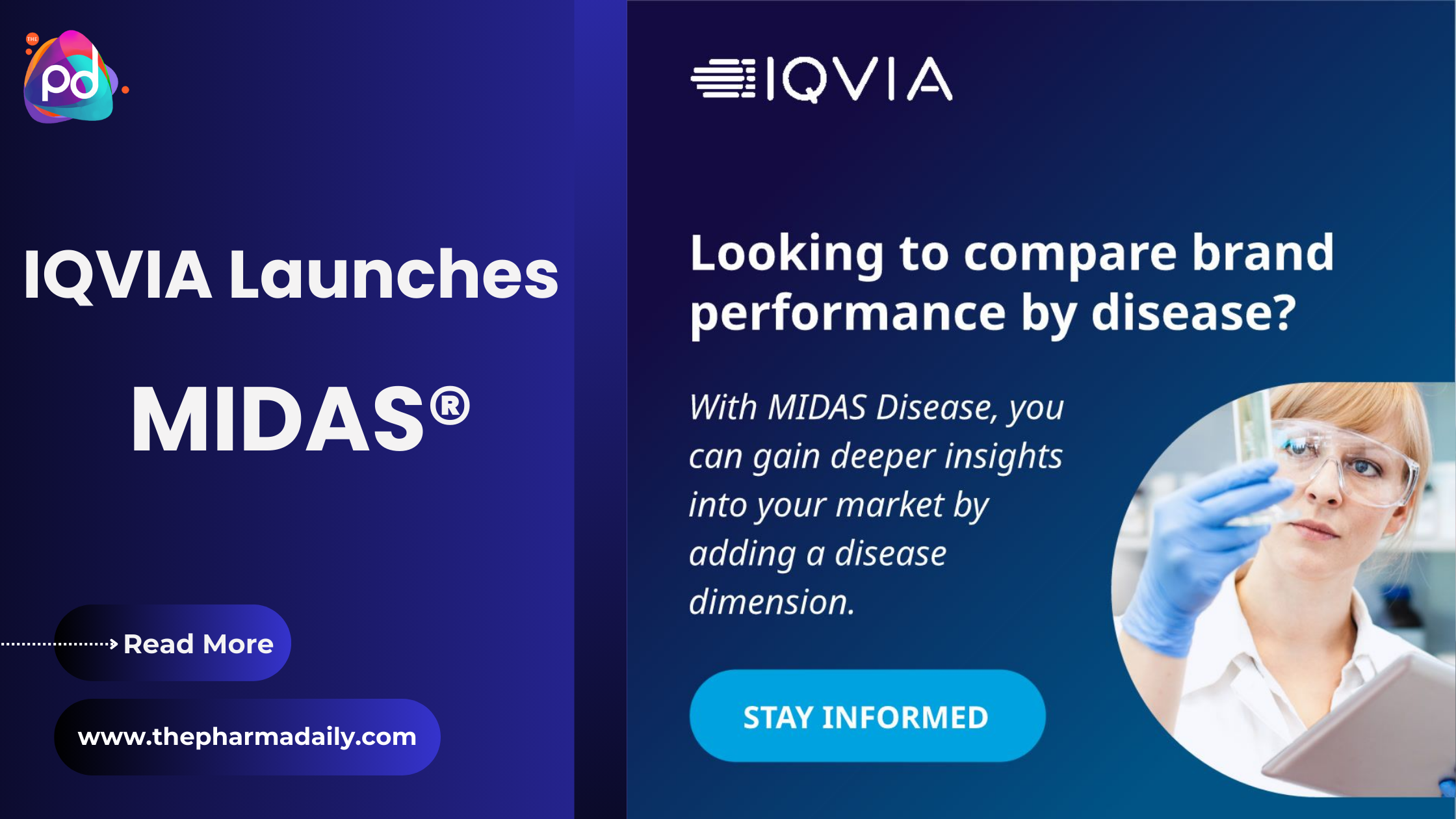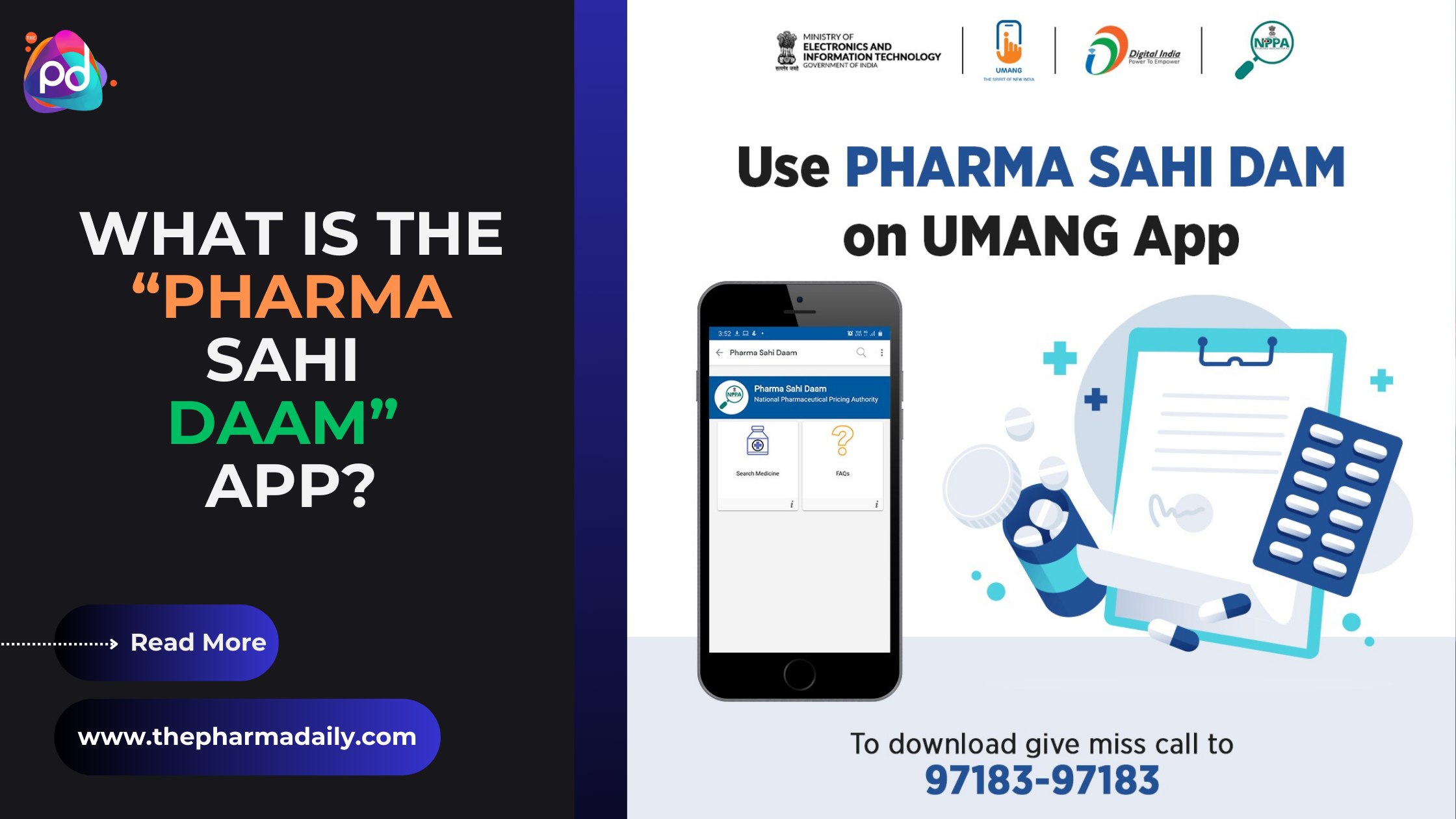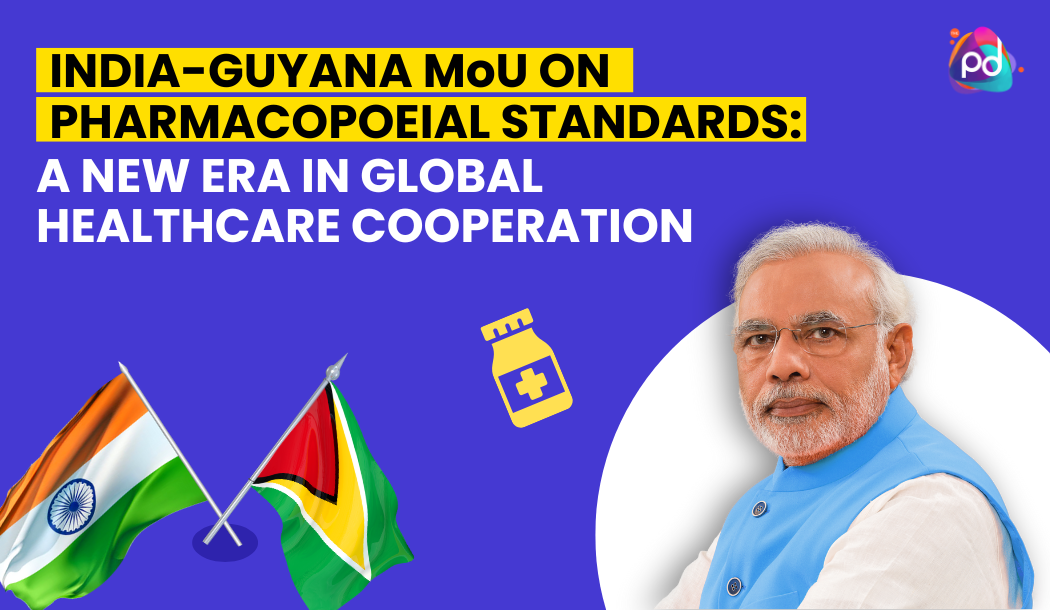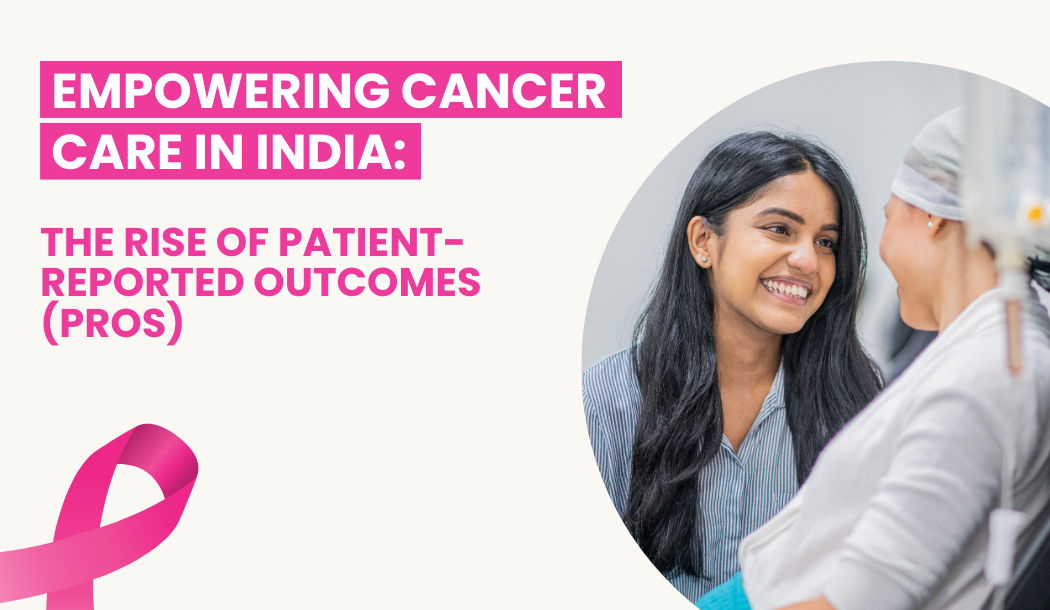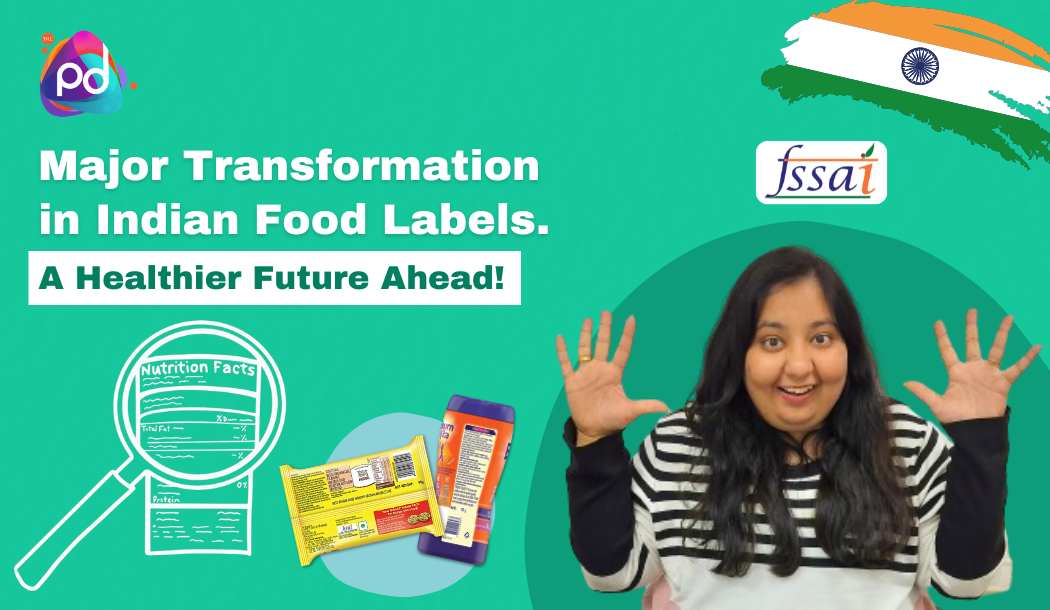Career Options in Pharmacovigilance after MBBS, MD, BDS
IQVIA Pharmacovigilance Interview Questions and Answers for Freshers
Entering the field of pharmacovigilance is an exciting journey, offering the chance to play a pivotal role in drug safety and efficacy. For freshers aiming to join a leading global provider like IQVIA, preparation is key. Here’s your go-to guide for nailing that pharmacovigilance interview, complete with questions and answers that will set you apart from the competition. 🚀
1. What is Pharmacovigilance (PV) and why is it important? 🤔
Answer: Pharmacovigilance (PV) is the science and activities related to the detection, assessment, understanding, and prevention of adverse effects or any other drug-related problems. It's crucial because it ensures the safety and well-being of patients by monitoring the safety of pharmaceutical products, thereby safeguarding public health.
2. Can you explain the term 'Adverse Drug Reaction (ADR)'? 🚨
Answer: An Adverse Drug Reaction (ADR) is any unintended or harmful reaction to a medicinal product. ADRs can occur under normal usage conditions of the drug and are an important aspect of pharmacovigilance because identifying and understanding ADRs is fundamental to ensuring the safety of medicines.
3. What do you understand by 'seriousness' in the context of adverse events? 🌡️
Answer: In pharmacovigilance, 'seriousness' refers to the severity of an adverse event (AE). An AE is considered serious if it results in death, is life-threatening, requires hospitalization or prolongation of existing hospitalization, results in persistent or significant disability/incapacity, or is a congenital anomaly/birth defect. Determining the seriousness of AEs is crucial for assessing risk and managing patient safety.
4. Describe 'Triage' in pharmacovigilance and its significance. 📊
Answer: Triage in pharmacovigilance is the process of prioritizing incoming safety reports based on their seriousness, expectedness, and causality. This ensures that reports needing urgent attention are handled promptly. Triage is significant as it helps in managing the workload efficiently and focuses on reports that could impact patient safety the most.
5. Explain the difference between 'side effects' and 'adverse effects'. 💊
Answer: Side effects are unintended effects of a drug that occur at normal dosages, whereas adverse effects are harmful and undesired effects that occur at normal or overdose levels. All adverse effects are side effects, but not all side effects are adverse effects, as some can be benign or even beneficial in some contexts.
6. How does 'validity' play a role in assessing pharmacovigilance data? 🔍
Answer: Validity in pharmacovigilance data assessment refers to the accuracy and reliability of the data in reflecting the true safety profile of a medicinal product. High validity is crucial for making informed decisions on risk management and regulatory actions, ensuring that safety measures are based on accurate and reliable evidence.
7. What is a 'Signal' in pharmacovigilance, and how is it identified? 📡
Answer: A signal in pharmacovigilance is information that suggests a new potentially causal association or a new aspect of a known association between a medicinal product and an adverse event, requiring further investigation. Signals are often identified through the systematic review of case reports, literature, or through data mining and statistical methods.
8. How do you differentiate between 'expected' and 'unexpected' adverse reactions? 🔄
Answer: Expected adverse reactions are those that are already documented in the product's labeling, such as in the summary of product characteristics or the patient information leaflet. Unexpected adverse reactions are those that are not listed in the product's labeling and can indicate new or previously unrecognized safety issues.
9. What role does patient consent play in pharmacovigilance? 📝
Answer: Patient consent in pharmacovigilance is crucial for the ethical collection, use, and disclosure of personal and health information for safety monitoring purposes. It ensures respect for patient autonomy and privacy, while also complying with legal and regulatory requirements.
10. In your opinion, what are the biggest challenges in pharmacovigilance today? 🌍
Answer: One of the biggest challenges in pharmacovigilance is the increasing volume and complexity of data, requiring advanced analytical techniques for effective signal detection and risk management.
Additionally, global harmonization of pharmacovigilance regulations and practices remains a challenge, as does ensuring patient safety in the context of rapidly evolving medical products and technologies.
With these questions and answers, freshers can walk into their IQVIA pharmacovigilance interview with confidence, equipped with the knowledge and insights to impress. Remember, the key to success is not just knowing the answers, but understanding the principles behind them. Good luck! 🍀



